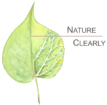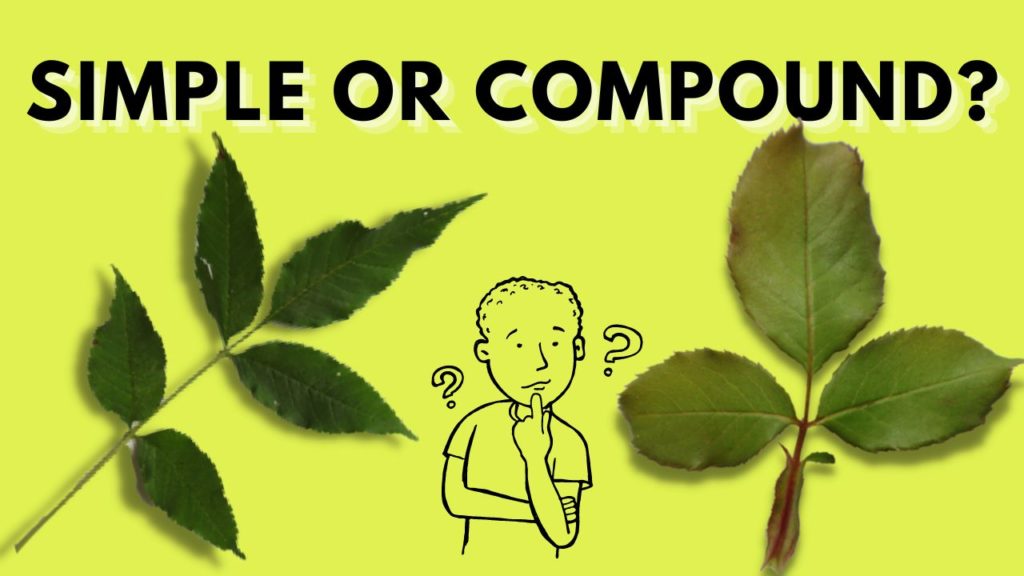Whether you like to observe plants during your outdoor adventures or you have plants at home, you’ve probably noticed how diverse their leaves are. The long, strappy leaves of Dracaena look nothing like the divided leaves of Schefflera, and the large, fern-like leaves of a Jacaranda tree hardly resemble the tiny heart-shaped leaves of Ceropegia (string of hearts).
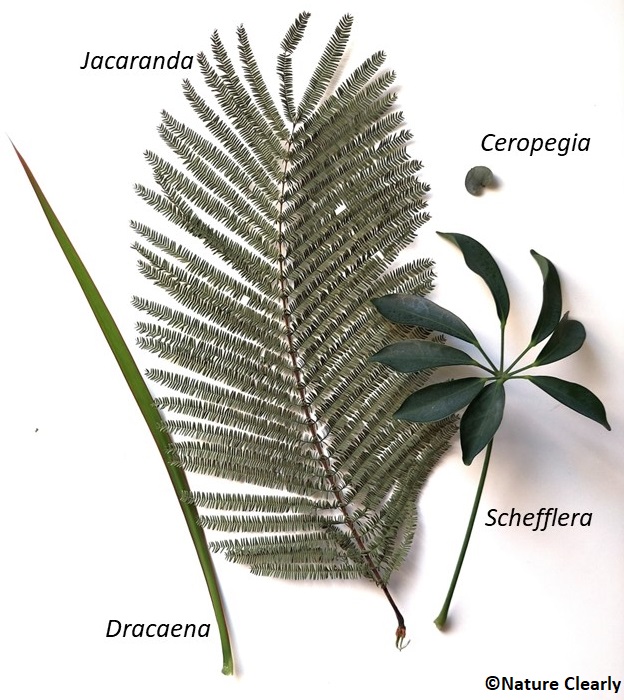
So why is that? What don’t all leaves look alike?
There are certain evolutionary explanations for this, especially with respect to the size of leaves and their division. For example, plants growing in crowded tropical forests tend to be more shaded by each other, so they tend to have larger leaves to maximize their sun exposure. On the other hand, plants growing in hot, dry environments such as deserts tend to have smaller, often waxy leaves to minimize water evaporation.
Characterization of leaf types is crucial for classification and identification of plants and for understanding the plant world.
So, how do we categorize leaves?
Firstly, we divide leaves into two categories: simple and compound. A simple leaf has one leaf blade, which might be lobed (such as in many oak trees), but it always comes in one piece. Shapes of simple leaves are very diverse and we’ll get to that later, but the main point to remember is: simple leaf = one undivided leaf blade.
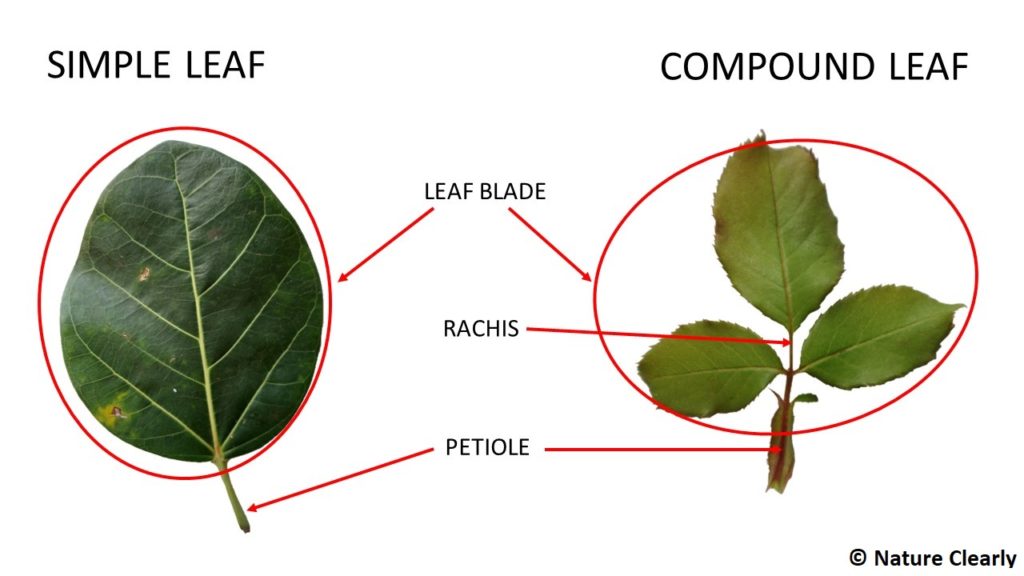
Compound leaves, on the other hand, consist of multiple small leaflets that are physically separated from one another, with all of them attached to the main axis, called a rachis (RAY-kiss), together creating one leaf.
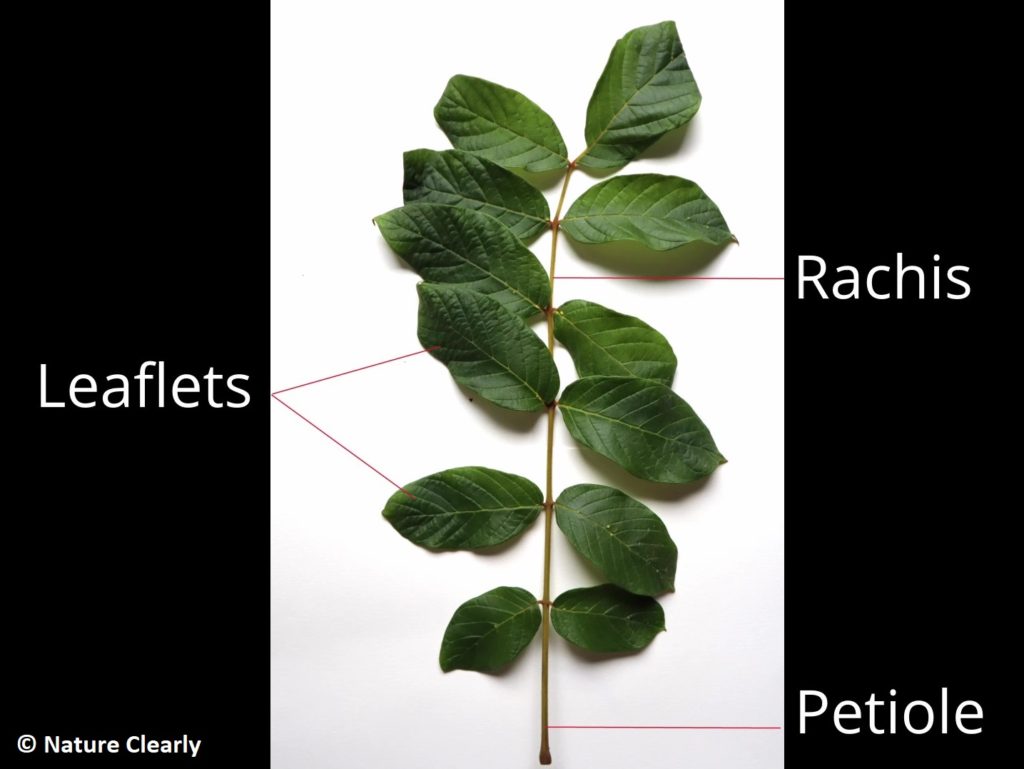
This is where it gets tricky! Look at the leaf in the picture below. How can you tell whether it’s multiple simple leaves or just one compound leaf?
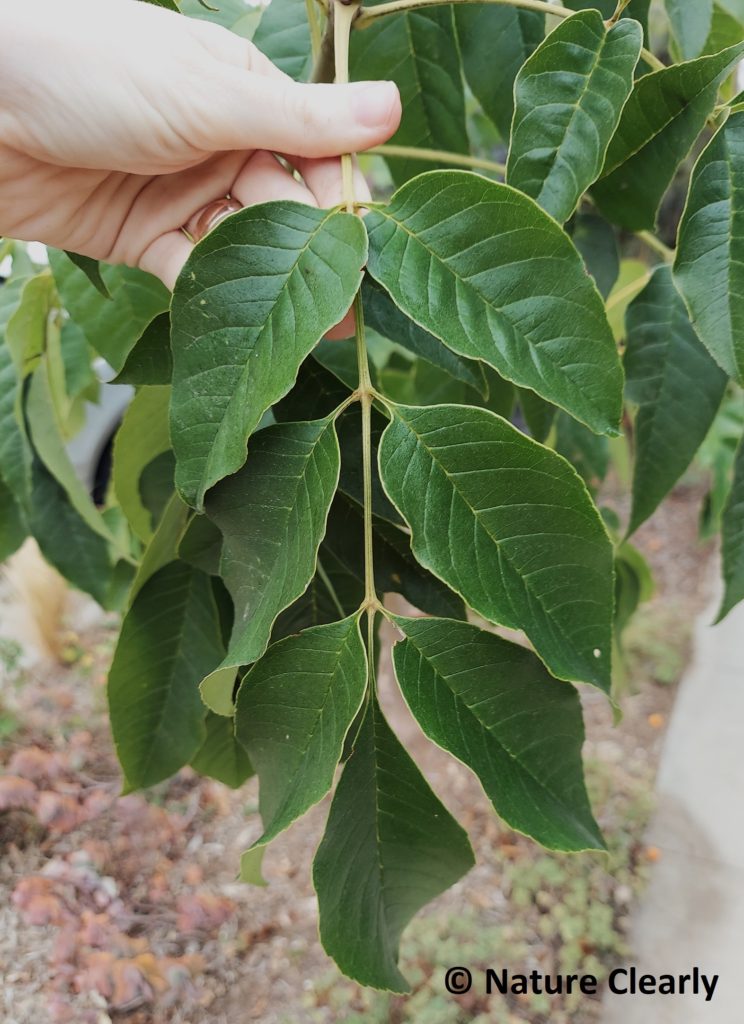
If you look at the axil of a leaf (the “armpit” between the leaf and the stem), most of the time you can find a bud. Because of the bud’s location in the axil it is called an axillary bud.

Most plant leaves have a petiole—a stalk joining the leaf blade to the plant stem. If you can’t find an axillary bud, look for a thickening that signals the base of the petiole, or for a leaf scar on the stem. Our goal here is to find the exact point where the leaf begins.
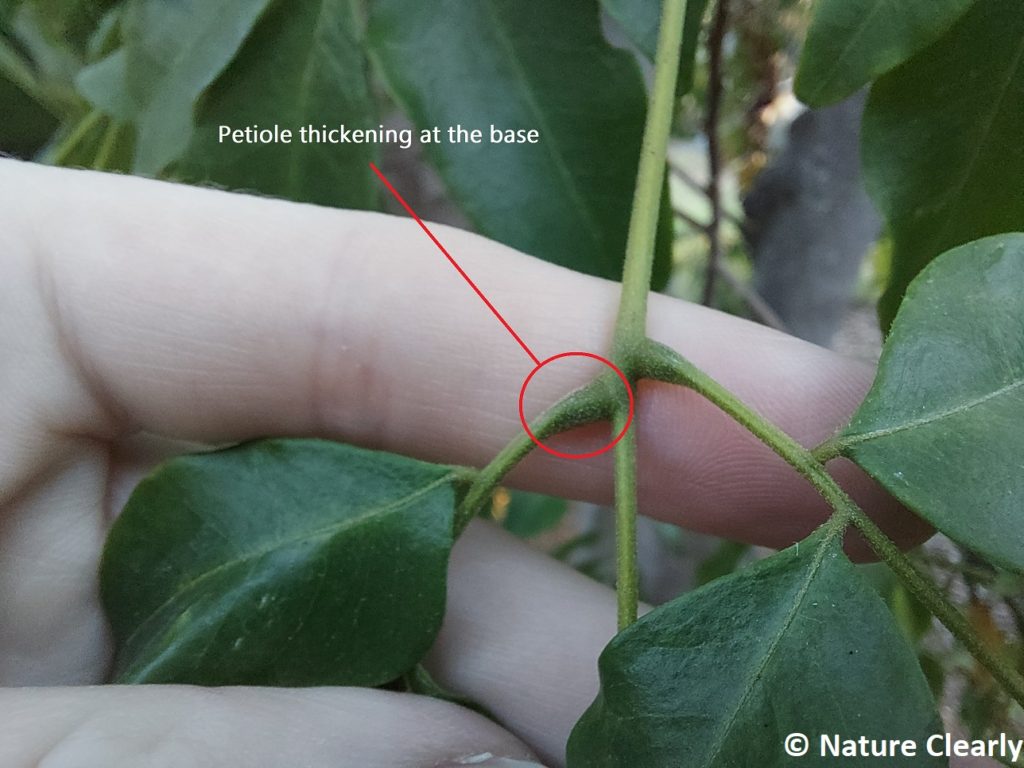
When you find that point, follow the petiole towards the leaf blade and see what you arrive at. Is the leaf blade in only one piece? You’ve got a simple leaf. Are there more “leaves” coming off the petiole? You might be looking at a compound leaf. In the case of a compound leaf, each individual “leaf” is called a leaflet. To see if this is the case, check the base of each leaflet. Do you see any buds? If it’s a true compound leaf, you won’t find any axillary buds there. So, let’s look at our example leaf. We can see both a thickening at the base of the petiole and an axillary bud. When we look at the individual leaf(lets), we can’t see any buds or thickening. We are looking at a compound leaf, consisting of multiple leaflets!
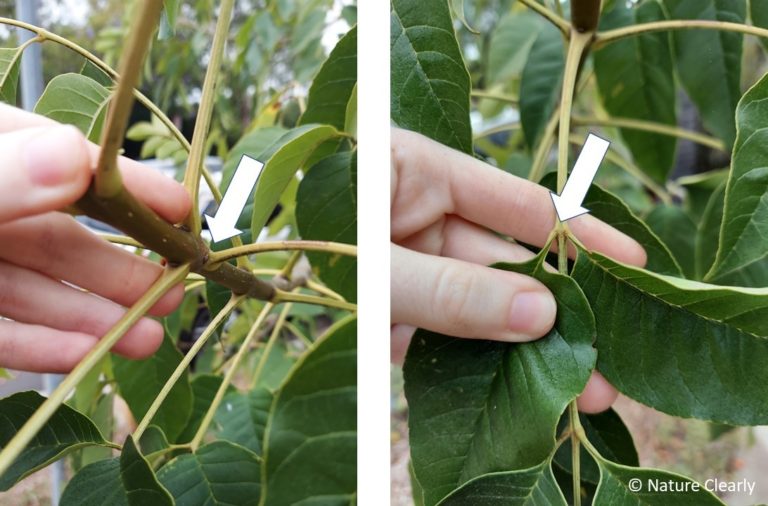
It might also help you to know the main types of compound leaves to understand which forms they most often take. Below you can find free PDFs for download showing the basic types of compound leaves.
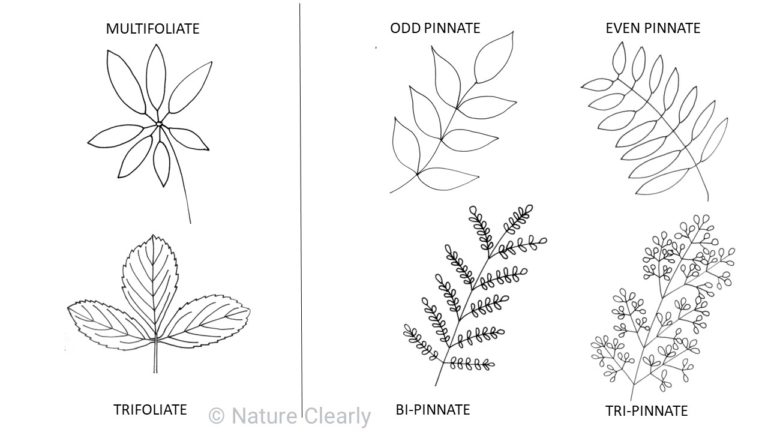
A compound leaf can be either palmately compound or pinnately compound. Leaflets of palmately compound leaves radiate from one point at the tip of the petiole. Good examples of this type of leaf are Schefflera, strawberry, clover, or Oxalis.
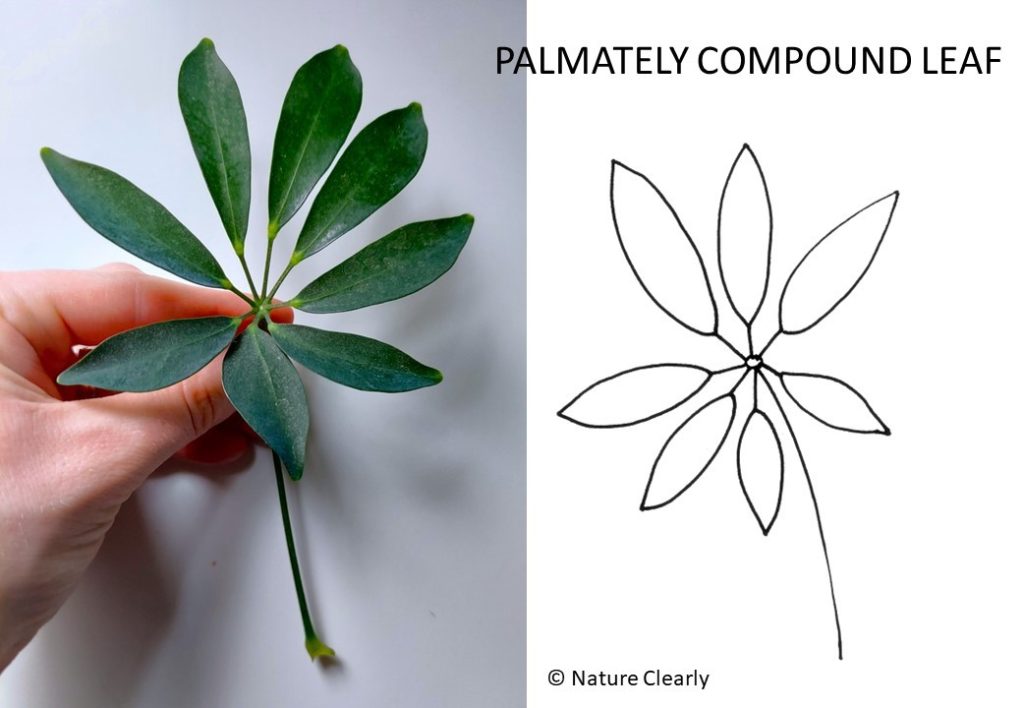
In pinnately compound leaves, there is a main axis, the rachis (which is an extension of the petiole), to which leaflets are attached on both sides. The leaflets might be attached to the rachis directly (we call these sessile leaflets) or connected by petiolules.
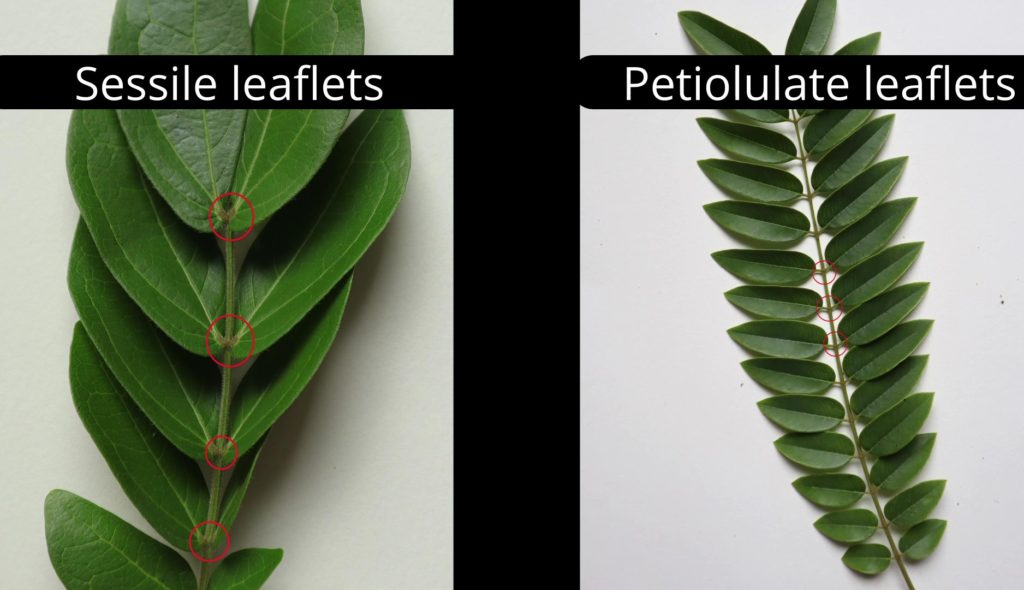
Pinnately compound leaves can be either odd pinnate, which means they have a terminal leaflet, or evenly pinnate, where you’ll find only two rows of leaflets without a terminal one.
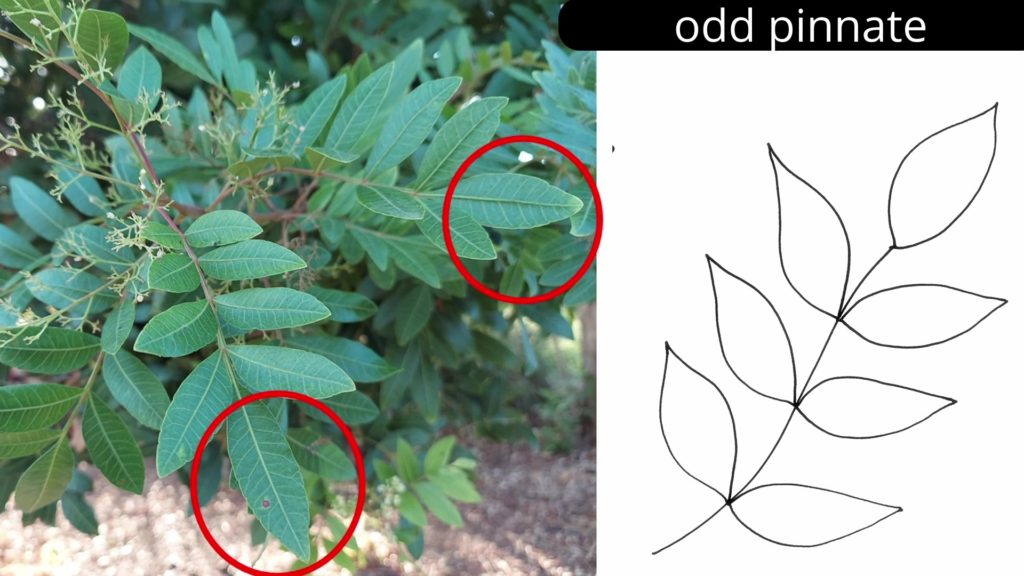
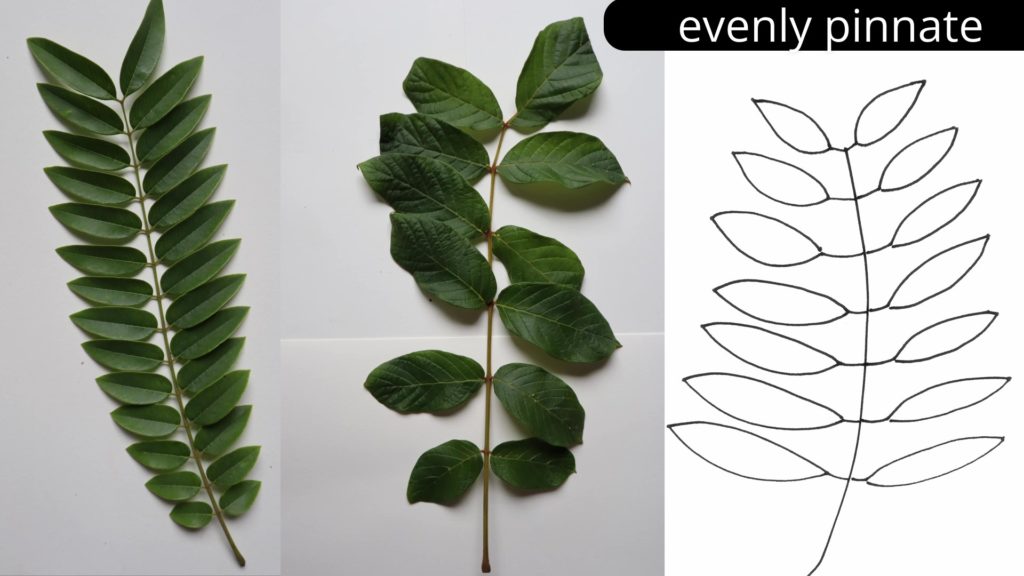
Sometimes pinnately compound leaves get even more complex when their leaflets themselves have rows of leaflets on each side of the rachis, like in the case of Jacaranda mimosifolia. We call these double pinnately compound leaves, or bi-pinnate leaves for short. There are even tri-pinnate leaves, like in the moringa tree (Moringa oleifera)!
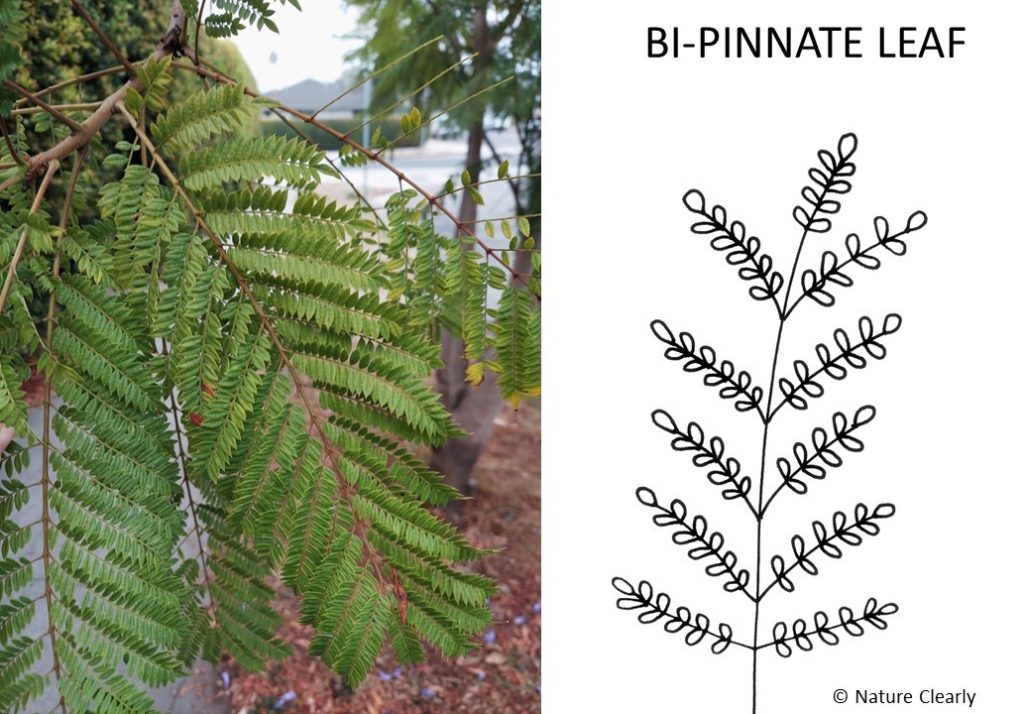
Compound leaves might have many advantages for plants. Think about it: when an insect begins to feed on one leaflet, its spread across the leaf is slower than it would be on one intact leaf blade. Also, one damaged leaflet doesn’t inhibit the function of the whole leaf, as it would in the case of a simple leaf. Another advantage is that divided leaves provide better airflow and thus more carbon dioxide gets to each leaflet (that’s beneficial for photosynthesis).
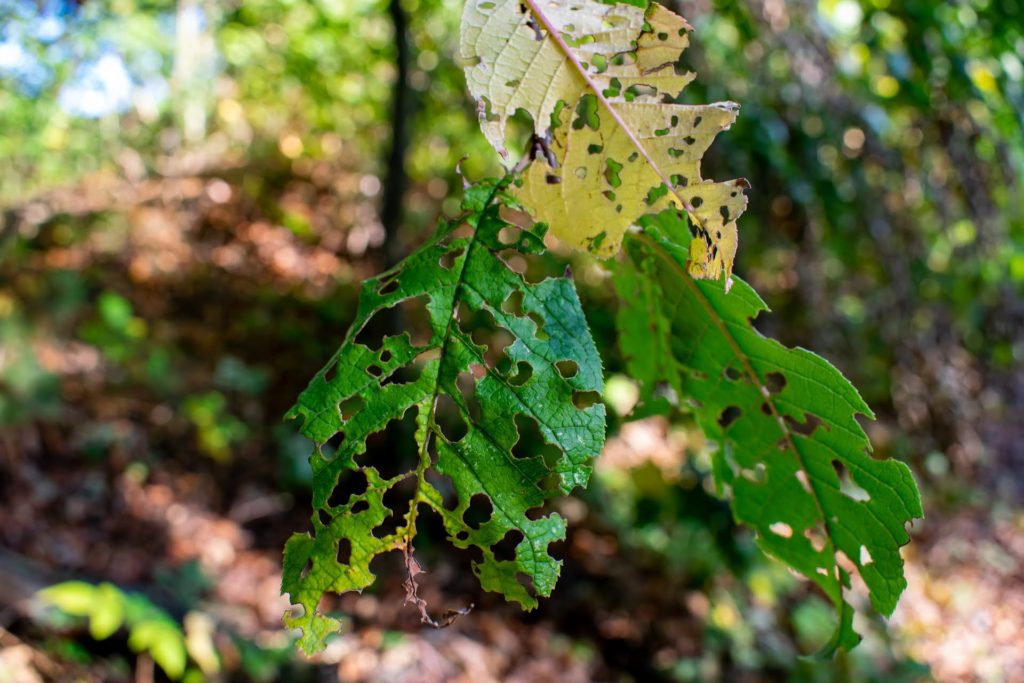
In general, plants with large leaves, such as palm trees, have compound leaves, which helps them to avoid damage by wind.
Plant species with large leaves that have simple, undivided leaf blades, such as banana or Strelitzia, have weakened lines across their leaf blades, so that when the wind blows, the leaf tears. These tears provide the plant with some of the benefits of compound leaves. You can observe this phenomenon very commonly in Strelitzia plants, which you might know as bird of paradise.
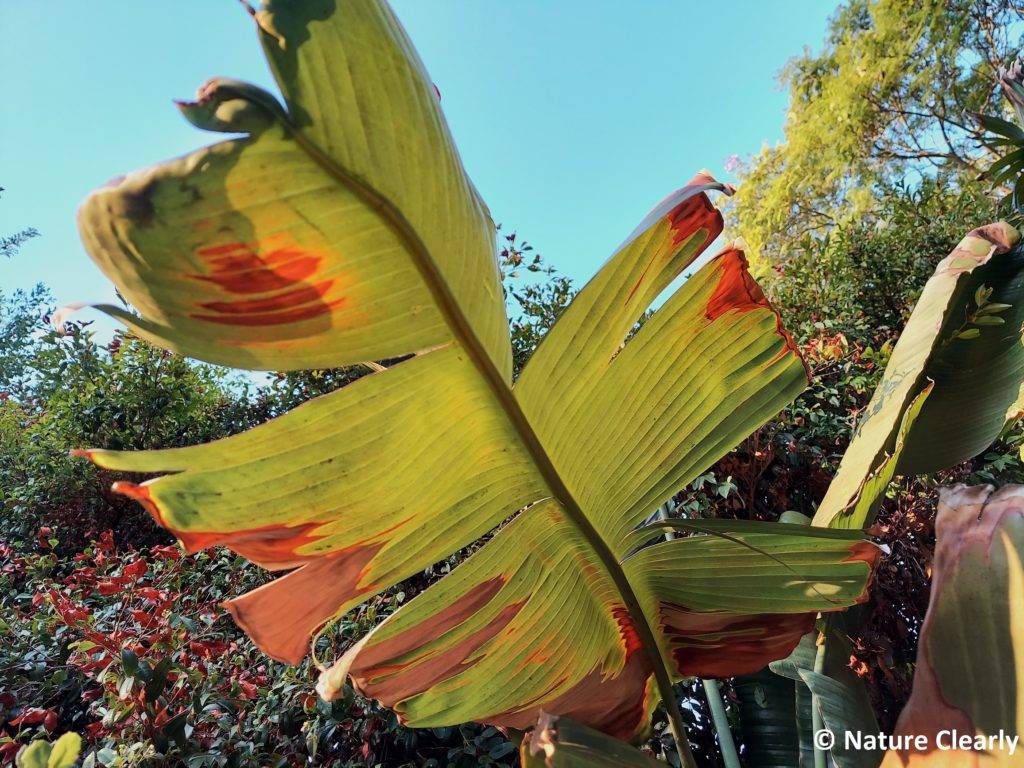
Did this article help you to understand compound leaves a bit better? Have you tried to go out and test your knowledge with plants you found? Do you have any questions? Let us know! And if you want to see this article in the video form, check out our YouTube video here!
